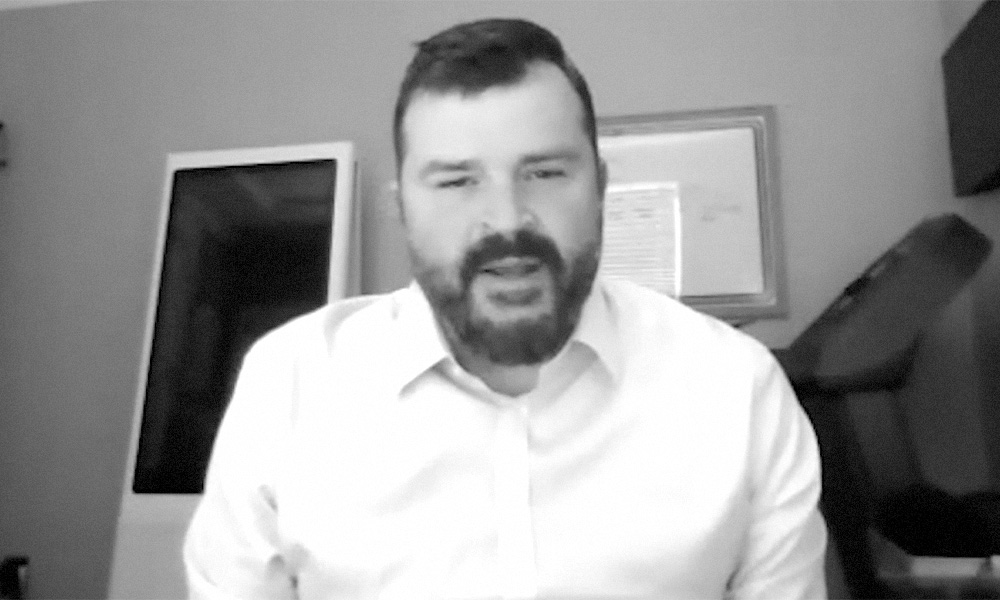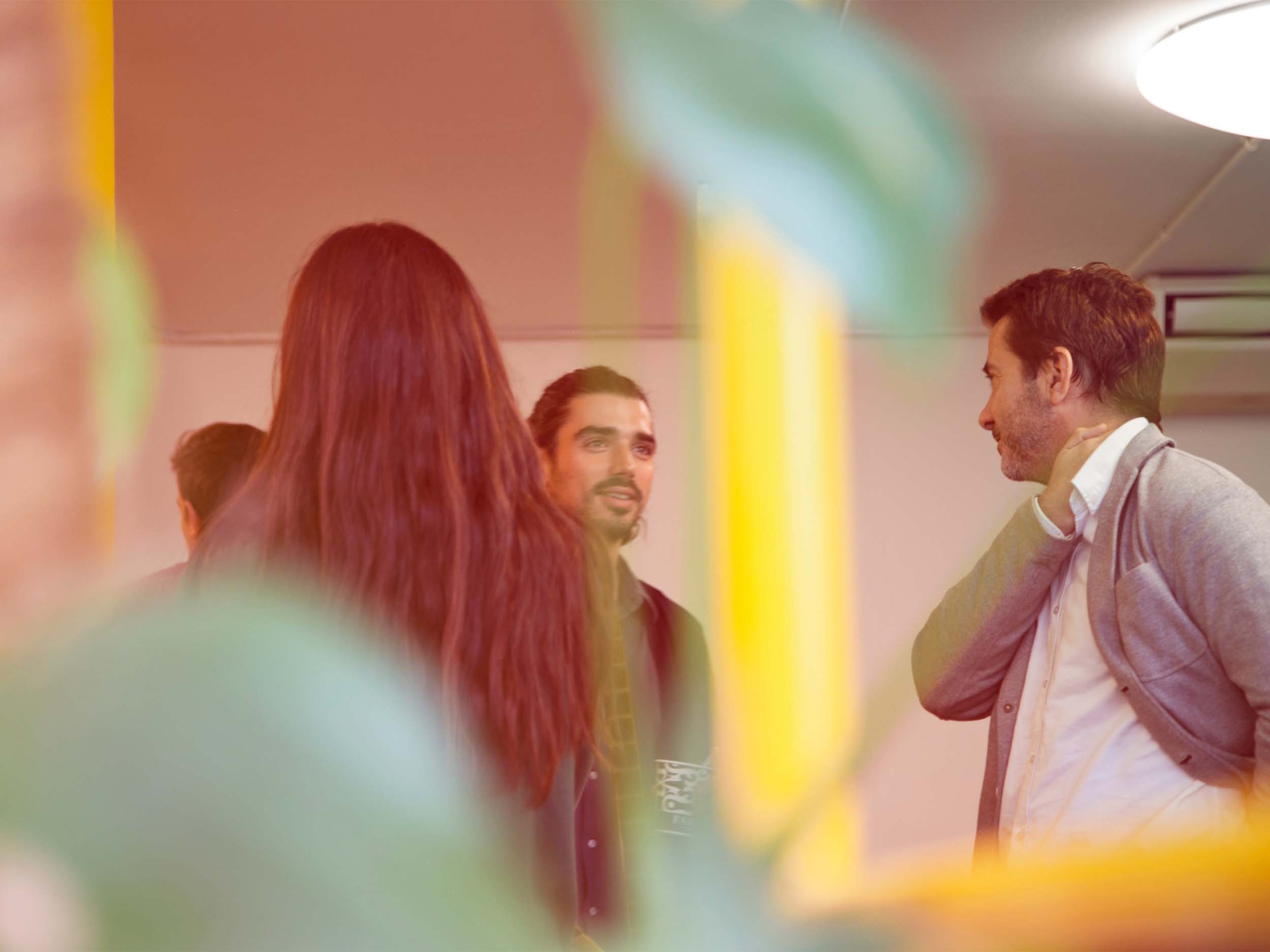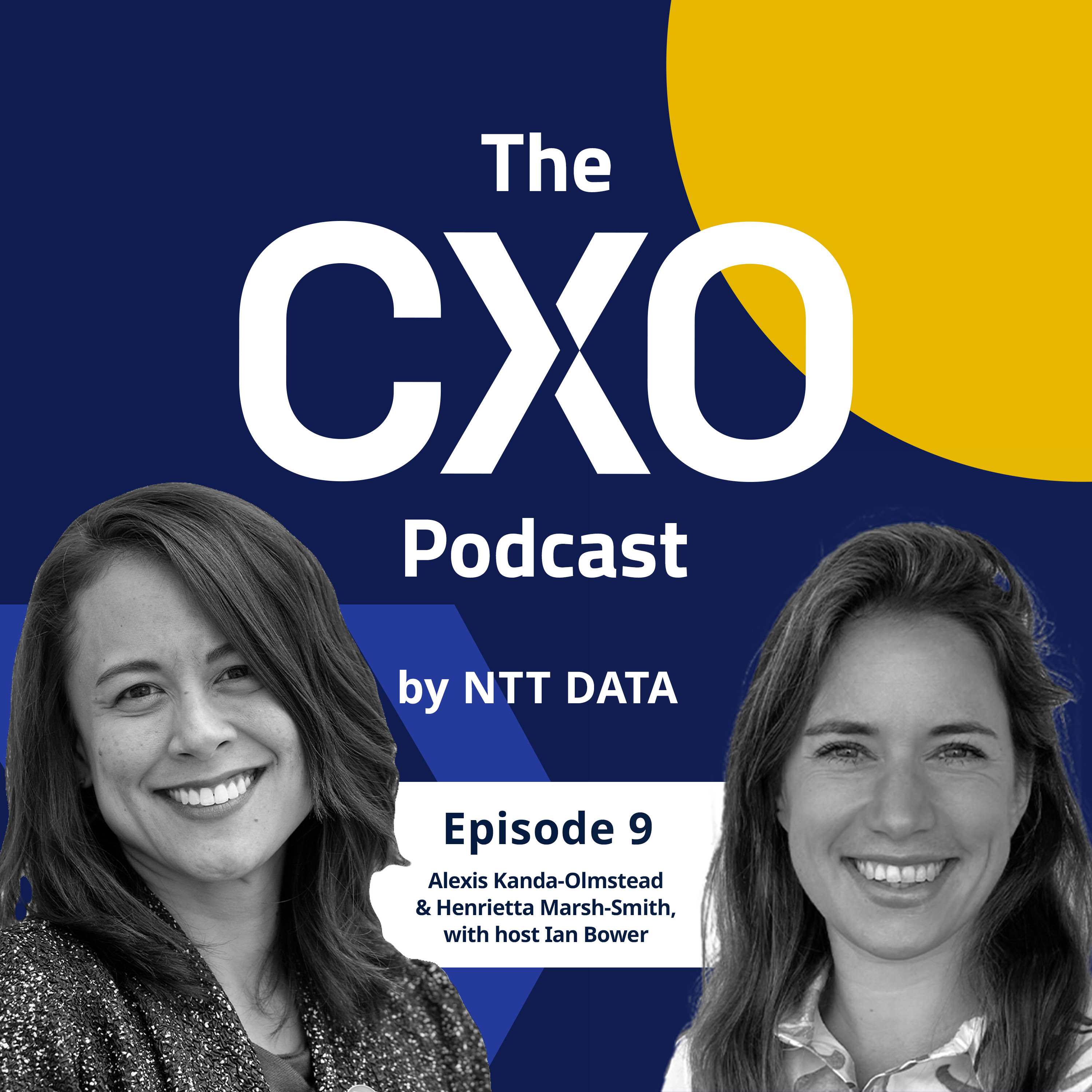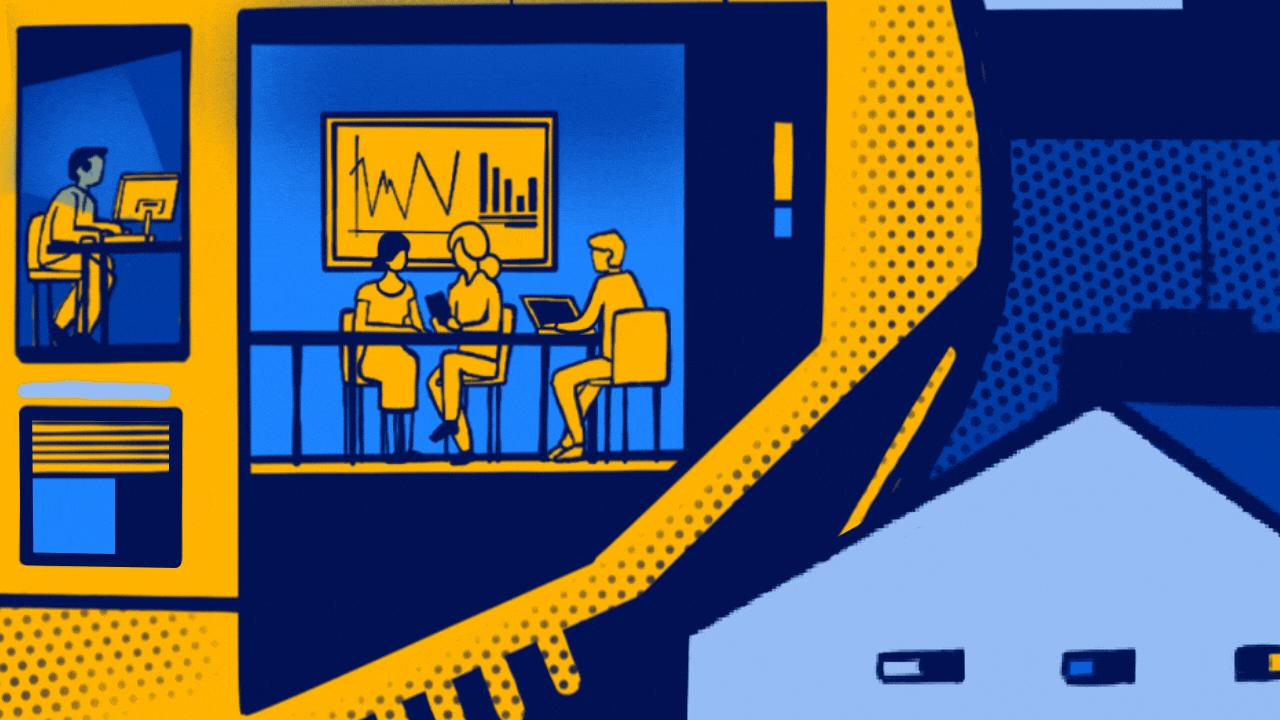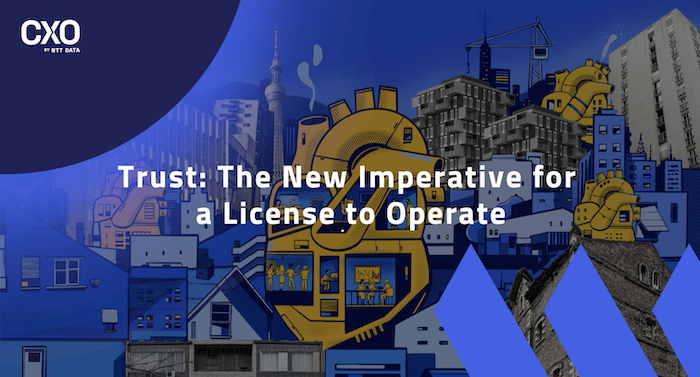
Perhaps one of the most important questions every organization should be asking right now is this: how can you create meaningful connections between an organization, its people and the work that they do? Because without that connection, business suffers. As the World Economic Forum (WEF) pointed out, employee satisfaction and loyalty to organizations were in decline twenty years before the pandemic, but now resignation rates and levels of dissatisfaction are at a new high.
Imbalance in incomes, the demand for more flexibility and a more rewarding working life are noted as the biggest reasons behind the decline in worker engagement and satisfaction by WEF, who go on to highlight how recent rises in productivity have seen benefits ‘accrue disproportionately to shareholders rather than employees’. When coupled with the cost of living and poor quality of life, it’s easy to see why connection and engagement is decreasing. This is further compounded by global disruption, ongoing uncertainty, lack of work fulfillment and perceived lack of career growth and opportunity.
The corporate vision for the future should be looking at how the company can change to meet the demands of a completely different world.
To bring engagement back into the business, companies need to find pathways to creating employee fulfillment and build internal cultures that are more engaging, relevant and connected. The corporate vision for the future should be looking at how the company can change its approach to meet the demands of a completely different world.
Finding the non-negotiables
Employees want connection with company purpose and a set of shared values. They want a blended lifestyle that allows them to fully realize their potential and value across both the personal and professional levels, and is inherently flexible. They require their employers to see them as a whole person, with a life beyond the professional work environment – not just a chair-filler who shows up, does the work, and leaves. This is a radical change from the employee-employer dynamic of the past, where the large organizations held sway.
The global enterprises that held the power in the past are now fighting with startups and unicorns for skilled people because the latter are perceived as cutting edge, fun and interesting.
People enjoy working for startups and high-growth companies because they value being in a connected and dynamic environment where employee activities are important, where career development is interesting, and where they feel supported in their own personal development. These environments are far more attractive to skilled people today as they outshine the traditional corporate enterprise that’s now seen as old-fashioned, bureaucratic and lacking in digital know-how.
More than three quarters of the workforce (76%) want their companies to allow them permanent flexibility across locations and schedules, according to a report from CNBC and global gender equality firm Catalyst that explored the trends shaping the future of work. The need for greater choices about when, where and how people work – as well as greater emotional connection from leadership, and appropriate recognition and chances for development – is shaping many employee trends, with 41% of people wanting to leave their jobs because of a lack of flexibility and empathy, and the same percentage (41%) of those planning to make significant career changes doing so because they wanted work that was more flexible or remote (with almost as many, at 39%, wanting a raise or a promotion).
This situation is further complicated by gender disparity, with women continuing to do a disproportionate amount of housework and childcare – as well as having responsibilities at work increase. As Rachel Thomas, co-founder and CEO of Leanin.org explains “We see that women are taking on more work in the office around employee wellbeing, as well as advancing diversity, equity and inclusion efforts, which means their workloads are just going up and up and up.” CNBC’s Women at Work Survey found that 65% of working women feel that the pandemic has made life worse for them.
These statistics and views are shared in a recent McKinsey survey looking at how workers felt about the opportunities for more sustainable and inclusive growth in the US, that found that the majority highly value having control of where and when they work, and 87% of people would take the chance to work flexibly if it’s offered to them.
Creating a culture that allows for flexibility, improves accessibility, recognizes value, and ensures wellbeing and career growth as standard has – for today’s workers – become a non-negotiable.
It should be no surprise that people want to feel motivated and passionate about the work that they do, and rewarded for the effort they put in. However, this is often ignored by organizations. If these needs are not met, people leave: they move to companies that share their values, care for their wellbeing, and recognize the hard work that they do. Creating a culture and workplace methodology that allows for flexibility, improves accessibility, recognizes value, and ensures wellbeing and career growth as standard has – for today’s workers – become a non-negotiable.
Know where your business stands
Engaging talent is a challenge – you need to find ways of attracting the right people, keeping them engaged, and motivating them without compromising on your own business expectations and productivity. The World Economic Forum suggests the essential ingredients to achieve the goals of employee loyalty and engagement are: competitive wages; flexibility and balance; and purpose and culture. These are the building blocks of the employee experience and are tangible ways in which the business can create a cohesive and connected workplace.
The first step is for the organization to figure out and be clear about who it is and what its purpose is. Culture is ultimately a reflection of an organization – how it operates, what it values, and the environment it creates for its people. No business is going to be attractive to everyone – in fact, you don’t want to be all things to all people, because that’s the quickest way to leave everyone confused, uninspired and not working towards a shared future.
To create a space that connects with the right talent and retains them in the long term, companies need to create a strategic narrative which sets out a clear and compelling purpose for the future of the organization. It’s the fundamental element.
To create a space that connects with the right talent and retains them in the long term, companies need to create a strategic narrative which, amongst other things, sets out a clear and compelling purpose for the future of an organization. It’s the fundamental element around which your people strategy, and all its goals and activities, should be built. Ensuring decisions and actions are aligned with a company’s strategic narrative creates a safe space for employees, and gives them the value they crave. It is also the fastest route to creating a vibrant, connected culture and an engaging employee experience.
Tune the business
If you truly want to create a people-centric organization it is vital to truly understand your business and really listen to your workforce. Co-creating culture will help ensure the desired culture works, and it is embedded within the fabric of the organization. Only by obtaining feedback and data that allows you to understand where your business is sitting today, versus where you want to be in future, can you start to map out how you plan to achieve your goals of tomorrow.
Data and insights will help you to unpack your people strategy in more detail and with greater relevance, and ensure that you create an environment that rewards your people in the ways that matter to them.
In-depth feedback around employee perceptions also ensures that the company continues to walk the talk. It’s one thing to say that you want to be people-centric, it’s another to create and continually support an environment where this ethos is upheld.
When it comes to inspiring employee experiences, companies can use their heritage to map the future. Fresh ideas, a clear vision, a trusted employee roadmap, recognition of hard work, and an unrelenting focus on staying committed to people and purpose – these are the steps that will put any company on a connected journey that will engage with its people.



